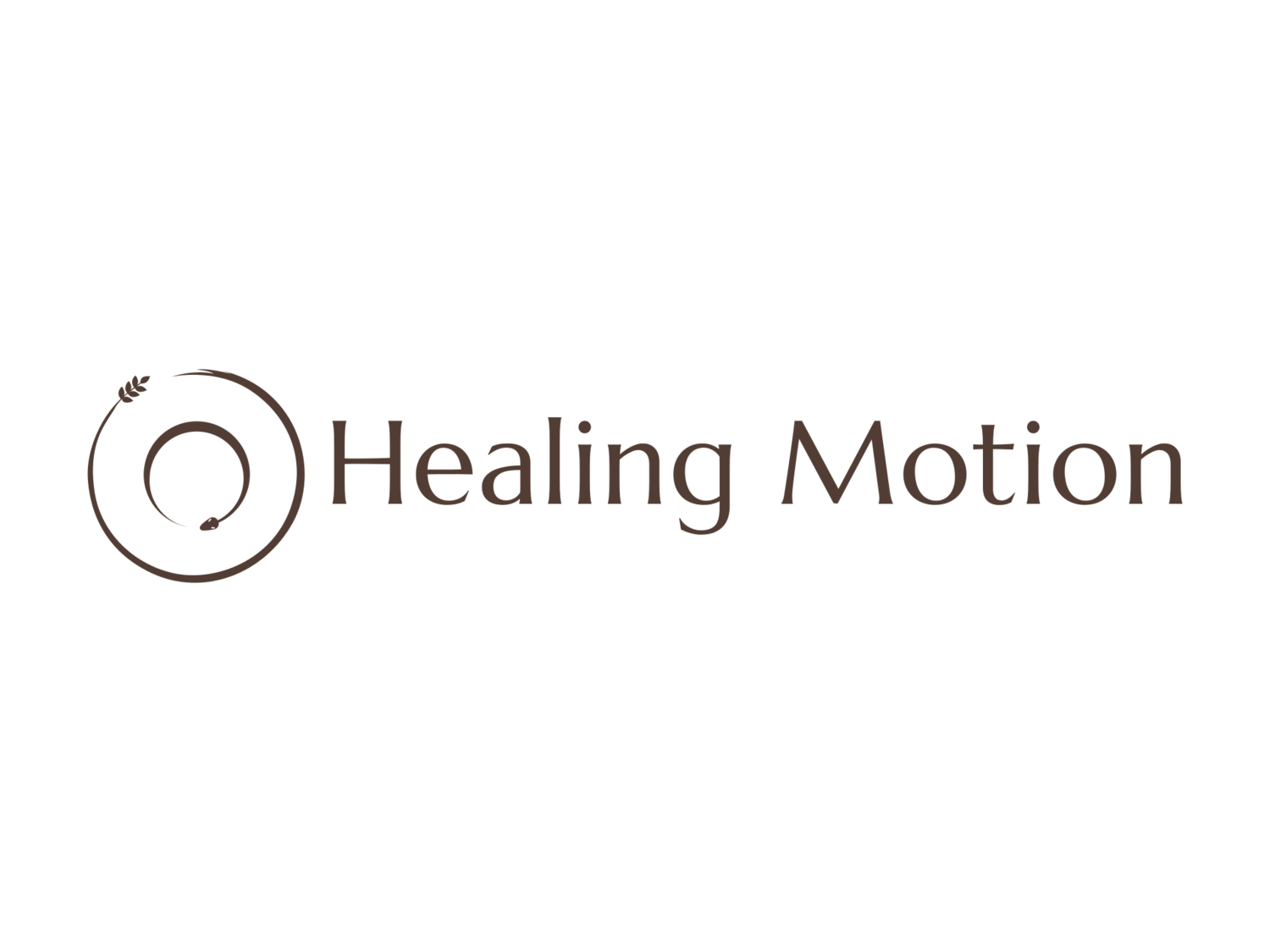Following the Comet - Embracing a Client-Centered Approach in Therapy
At the end of March I attended my very first Psychotherapy Networker Symposium in Washington, DC. I have been stalking this conference for years, never being in the right place at the right time to attend until finally my moment came this year. In its 48th year, this symposium is a gathering of clinicians and healthcare professionals coming together to reframe, relate, and reawaken the field of psychology. Sprinkled into the lectures on Attachment Theory, narcissism, and addiction were keynotes on mindfulness, resilience, and connection. The symposium offered me what I had been craving on so many levels.
However, as I sat in on my chosen topics for each day, I continued to be more and more dumbfounded by the archaic systems of client/clinician pathways to “healing” that was the perspective of so many formally educated professionals in the rooms. To no fault of their own, the licensing board of the American Psychology Association needs a standard of care and protocol to be guided by and the indoctrination of professionals into this mindset is essential in order to uphold this system. Yet, it became very evident to me that these protocols do not ensure mental health wellness for everyone and the gaps in care are deep and wide.
For those of you who work with me, I work organically. I don’t know how long it will take us to get to the pathway of restoration for any individual and I have no idea how long we will be on that pathway until restoration is felt in the body and integrated as such. The founder of Brainspotting, David Grand, called this the comet effect. The client is the head of the comet, and the practitioner is the tail, following the comet along its path. This is why our work together is a team effort. You are the guide and I am the follower.
Now to approach western psychology this way is apparently a “no no”. There must be a diagnosis from a set list of clusters of symptoms, steps and protocol, and a set number of sessions where the client must be making “progress”. If the client fails to progress, they might be considered a lost cause. But what if the symptoms are not a match to anything in the current DSM? What if the protocol of the method continues to cause more harm than support? What if the client needs more time to process their trauma? Heck even EMDR has a set protocol (but more about that later).
This symposium reiterated the reason why I love somatic and body based therapy and cherish the perspective that I come with to this profession. One method does not fit all; we must be flexible and adaptable as professionals; we do not know what is best, but we can attune to what can be supportive for an individual and offer them that. I will be continuing to write about my experience at this year’s symposium here over the next few months. And I am grateful to have walked away with a sense that the foundations of how I bring this work forward into the world already is what I will continue to build upon in my ongoing education and client relationships.
